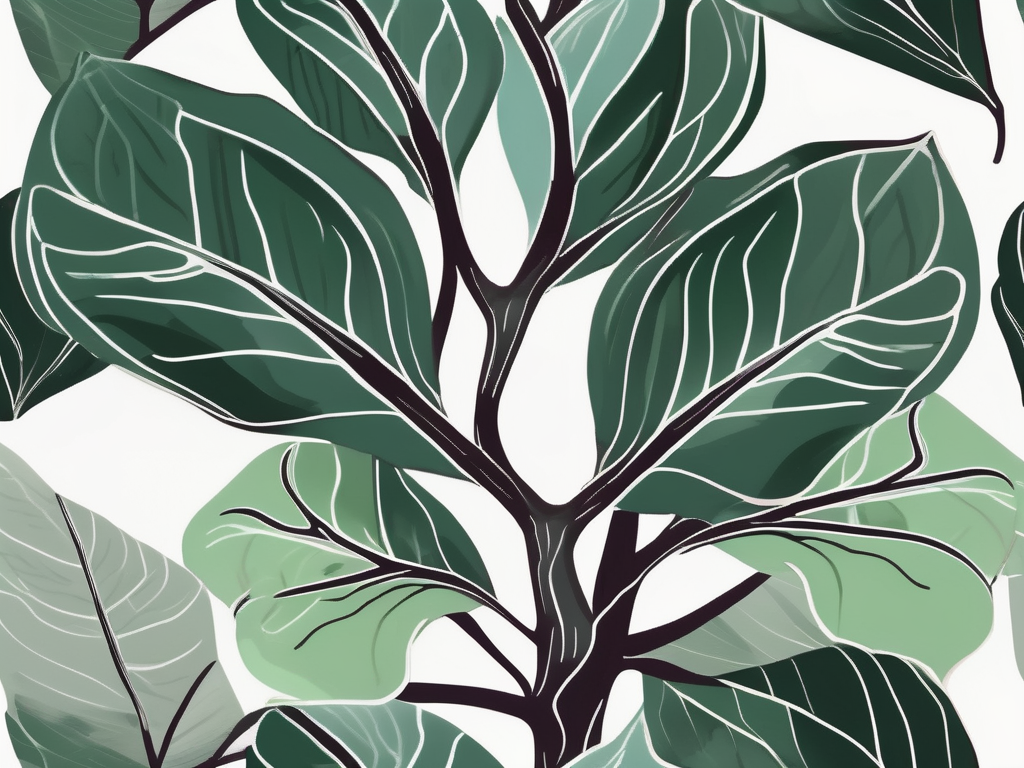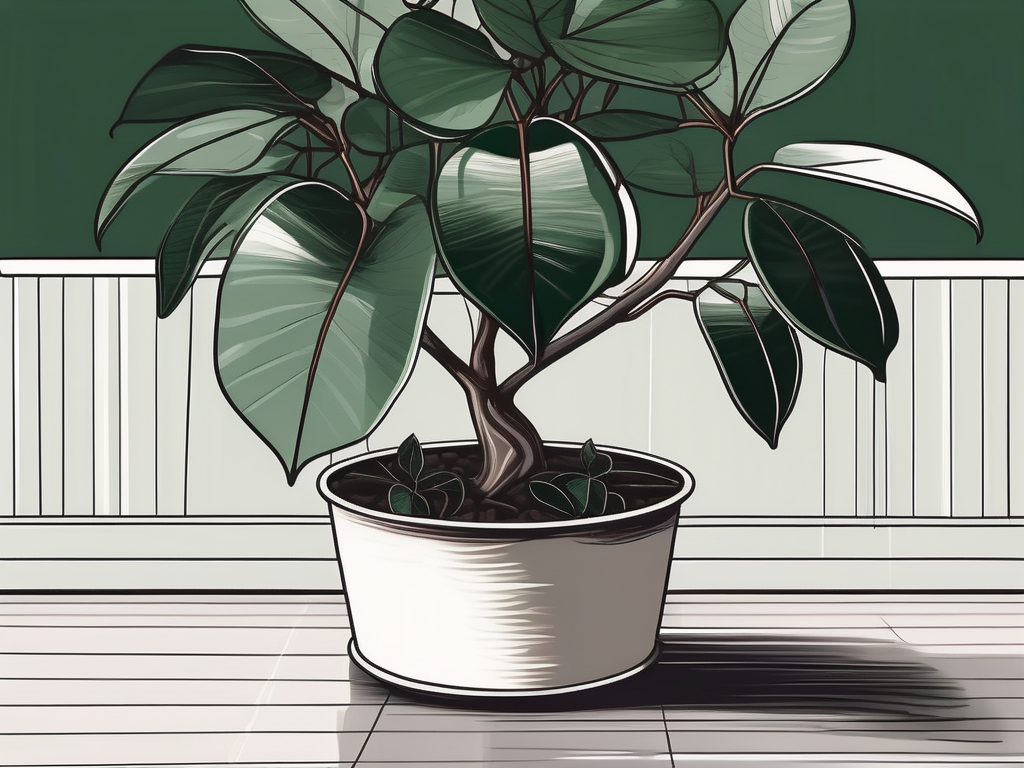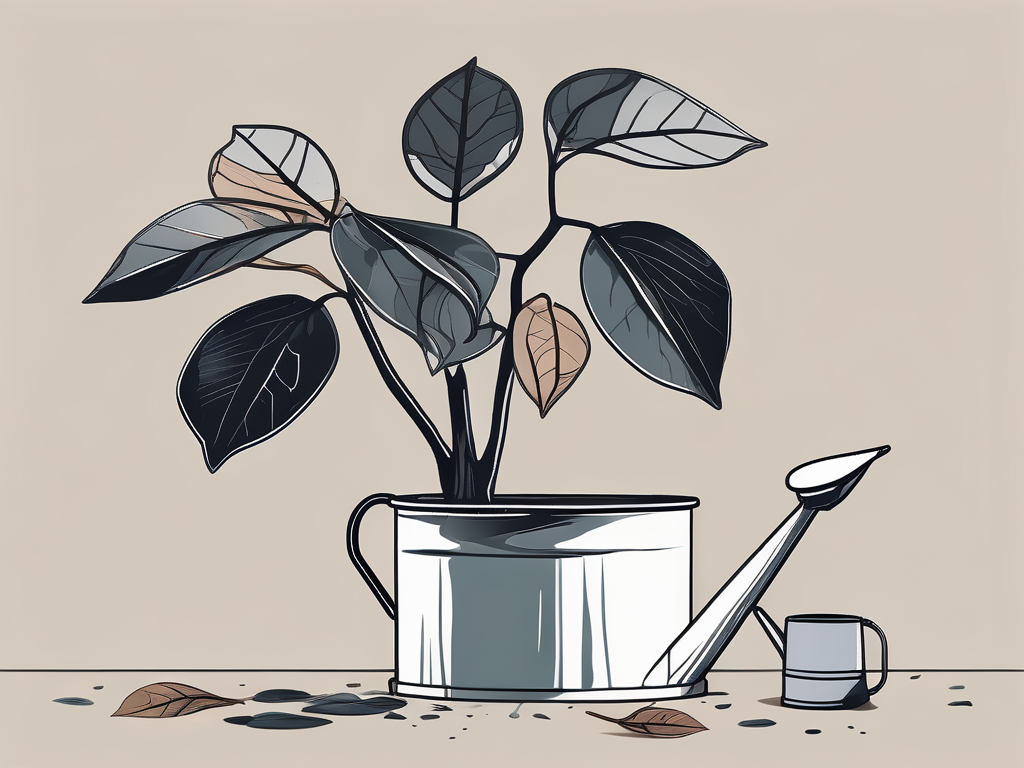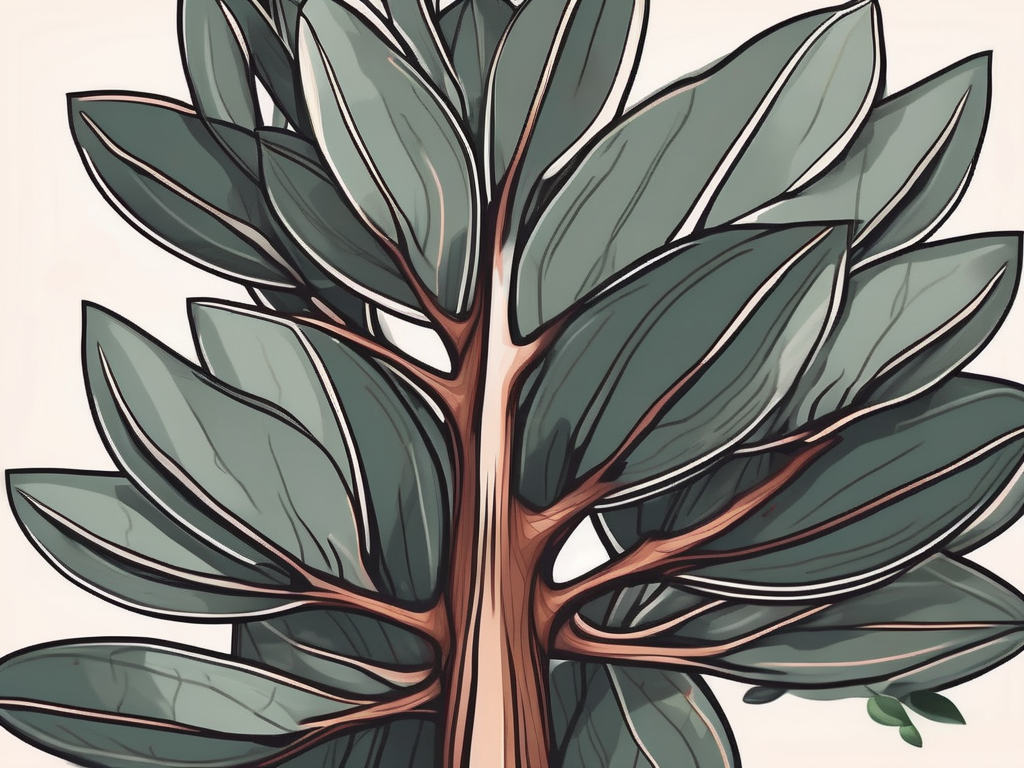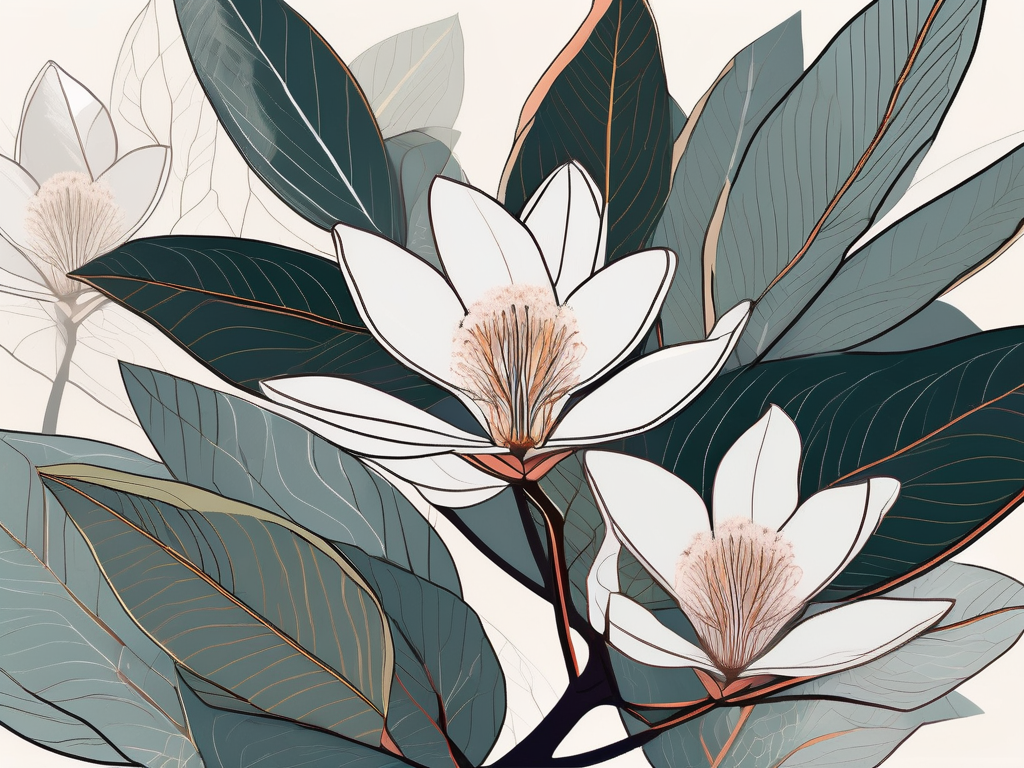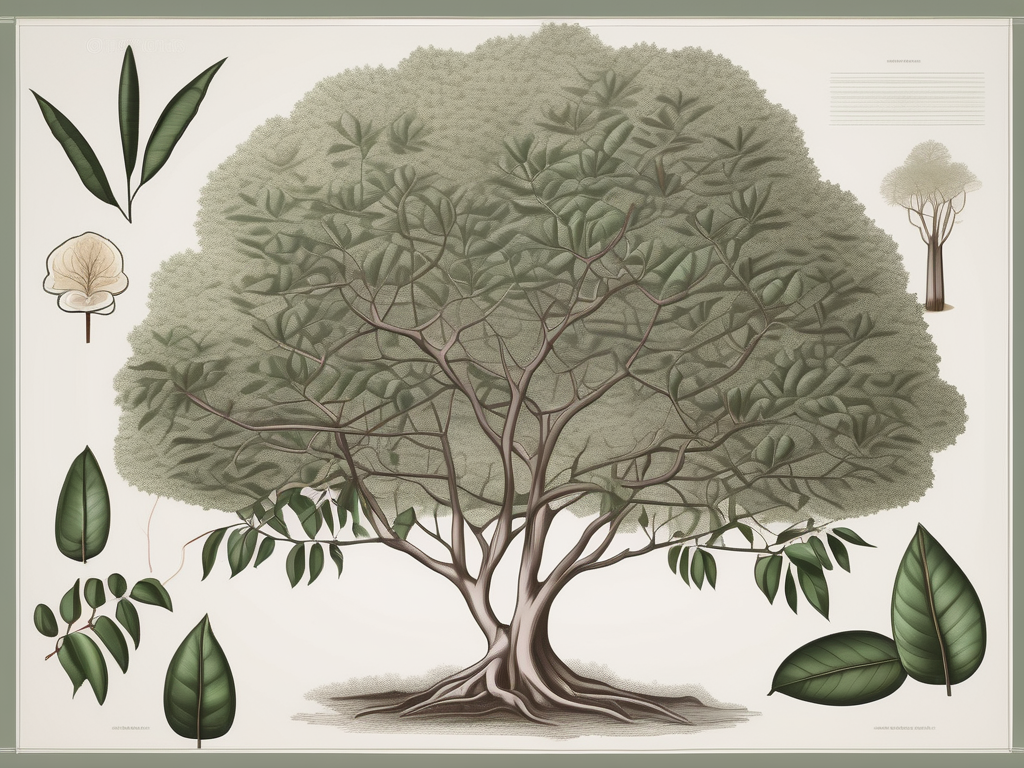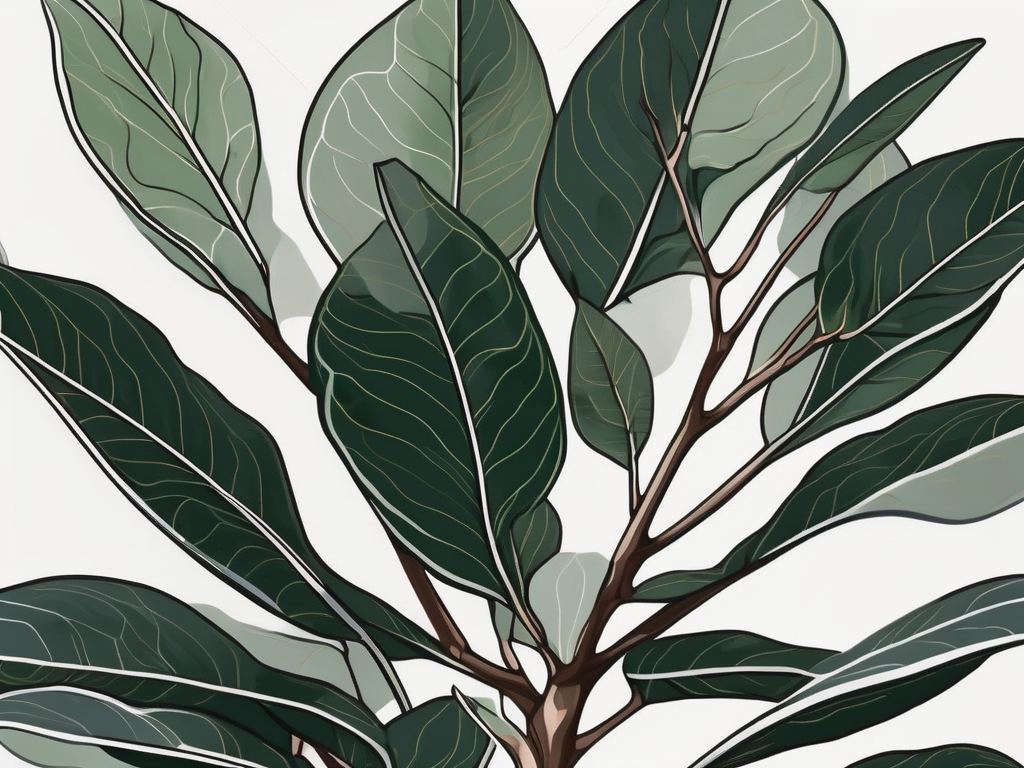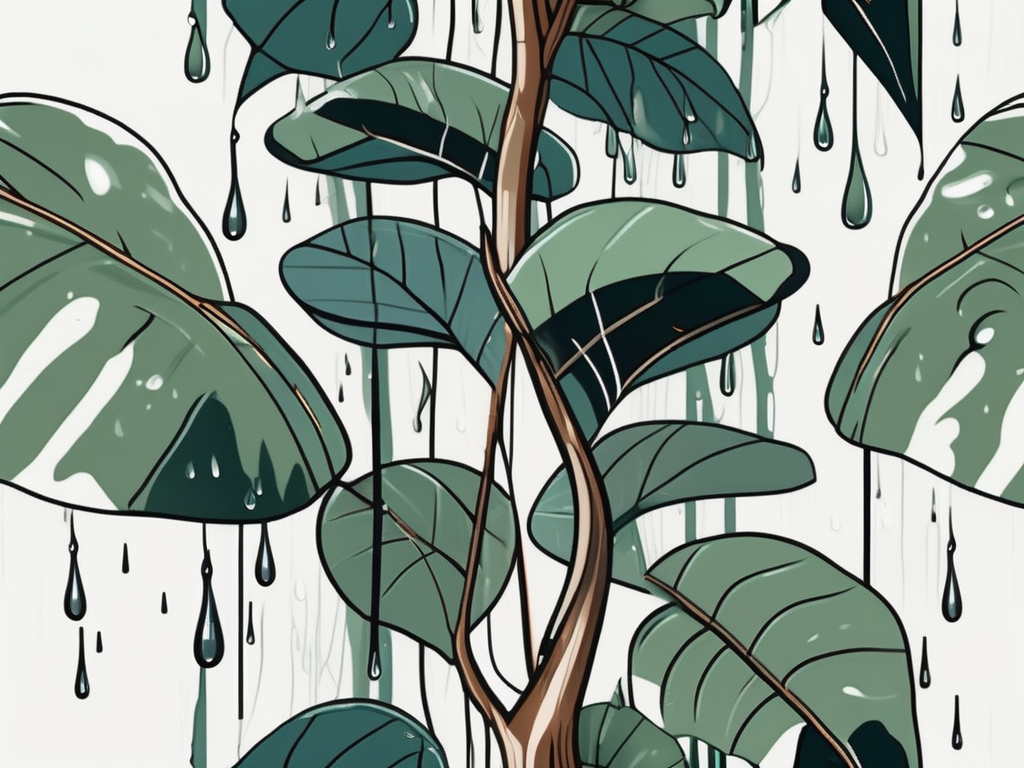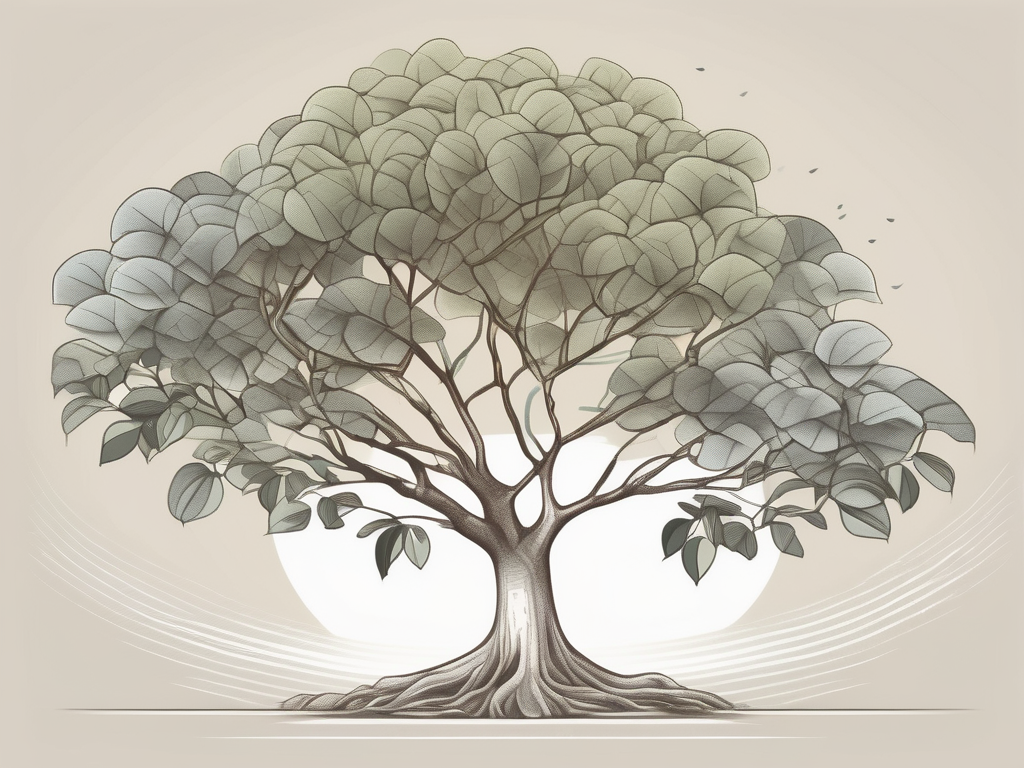
Rubber trees, or Ficus elastica, are more than just a popular choice for plant lovers. They're a statement piece in any home, offering vibrant greenery and a touch of the exotic. With the right care, these plants can thrive for many years, becoming a beloved part of your indoor garden.
In this guide, we'll explore the lifespan of rubber trees, breaking down everything from their basic needs to common pitfalls. Whether you're a seasoned plant parent or just starting, this comprehensive look at rubber tree care will help you keep your leafy friend healthy and happy for years to come.
The Basics of Rubber Tree Lifespan
Rubber trees are known for their durability and can live for decades when given the right environment. Unlike some plants that have a short life cycle, rubber trees can continue to grow and flourish with minimal fuss. Typically, a well-cared-for rubber tree can live anywhere from 10 to 20 years indoors, although some have been known to live much longer.
Several factors influence how long your rubber tree will live, including light, water, soil, and overall care. While they are generally hardy, understanding their specific needs is key to extending their lifespan. Think of a rubber tree as a long-term houseguest: a little attention and the right conditions will keep it around for years to come.
Interestingly enough, rubber trees can also grow outdoors in suitable climates, where they might stretch even beyond their indoor lifespan. However, most plant people enjoy them inside, where they can keep an eye on these lovely green giants.
Understanding Light Requirements
When it comes to light, rubber trees are quite adaptable. They prefer bright, indirect light but can tolerate low light conditions. That said, balancing their light exposure is crucial. Too much direct sunlight can scorch their leaves, while too little can stunt their growth.
A good rule of thumb is to place your rubber tree near a window where it can enjoy filtered sunlight. If you notice the leaves losing their vibrant color or becoming leggy, it might be time to adjust its spot. I once had a rubber tree that seemed to be sulking because it was too far from the window. A simple relocation worked wonders for its mood and growth.
Remember, just like us, plants can have preferences. Every rubber tree might react slightly differently to its environment, so a little trial and error is not only normal but expected.
Watering Wisely
Watering can be one of the trickiest parts of plant care, and rubber trees are no exception. They prefer their soil to dry out slightly between waterings. Overwatering is a common mistake, often leading to root rot, which can be fatal to your plant.
How do you know when to water? The finger test is a tried-and-true method: simply stick your finger about an inch into the soil. If it feels dry, it’s time to water. If it’s still moist, give it a few more days.
One winter, I overwatered my rubber tree, thinking it needed the same amount of water as in summer. Spoiler alert: it did not. It taught me the importance of adjusting water levels with the seasons. In cooler months, plants typically require less water due to slower growth and less evaporation.
Choosing the Right Soil
Soil might not seem like the most exciting topic, but for a rubber tree, it's essential. A well-draining potting mix is crucial to prevent waterlogging. Look for soil that retains some moisture but doesn’t stay soggy.
You can create your own mix with equal parts of peat, pine bark, and perlite. This combination provides good drainage and aeration, helping your rubber tree's roots breathe and grow. If you're not into DIY soil mixing, many garden centers offer pre-mixed options that work just as well.
It’s also worth repotting your rubber tree every couple of years. This gives the roots room to expand and access fresh nutrients. When repotting, choose a pot that’s only slightly larger than the current one to avoid overwhelming the roots.
Fertilizing for Growth
Fertilizing is like giving your rubber tree a multivitamin. It’s not always necessary, but it can encourage healthy growth and vibrant leaves. A balanced, water-soluble fertilizer applied every two to four weeks during the growing season (spring and summer) can do wonders.
Be cautious not to over-fertilize, as this can lead to salt buildup in the soil, damaging the roots. If you're unsure, less is more. I remember getting a bit too enthusiastic with fertilizer once, and it resulted in some unhappy leaves. Lesson learned: moderation is key.
During the dormant months, usually fall and winter, you can reduce or even skip fertilizing, as the plant’s growth naturally slows down.
Troubleshooting Common Issues
Even with the best care, you might encounter some challenges. Yellowing leaves, for example, can signal overwatering, while brown leaf tips often indicate low humidity or underwatering.
If your rubber tree’s leaves are dropping, it might be a response to stress, such as a sudden change in temperature or light. Try to identify and adjust the cause. Sometimes a little patience is all that’s needed for your plant to bounce back.
Pests can also be a concern. Rubber trees are prone to spider mites and mealybugs. Regularly inspect your plant, and if you spot any unwanted visitors, a gentle wipe with a damp cloth or a spritz of insecticidal soap usually does the trick.
Pruning and Shaping
Pruning isn't just about aesthetics; it’s also about maintaining your rubber tree's health. Regular pruning helps control its size and encourages bushier growth. If your plant starts looking a bit leggy, a light trim can make a big difference.
Use clean, sharp scissors or pruners to cut just above a leaf node. This strategic snip encourages new branches to sprout, filling out your plant beautifully. If you’re looking to propagate, those cuttings can be rooted in water or soil to grow new plants—a fun way to expand your collection or share with friends.
As a side note, rubber trees produce a milky sap that can irritate the skin, so wearing gloves during pruning is a smart idea. Trust me, I learned this one the hard way!
Creating the Ideal Environment
Rubber trees thrive in warm, humid conditions, making them perfect for indoor environments. Aim to keep the room temperature between 60°F and 85°F. They’re not fond of drafts, so avoid placing them near doors or windows that open frequently.
Humidity can be a bit trickier, especially in dry climates or during winter when heating systems are running. A humidifier can help maintain the moisture level, or you can place a tray of water near the plant to increase humidity naturally.
Also, consider giving your rubber tree a gentle shower now and then to clean its leaves and mimic a natural rainforest environment. It’s like a spa day for your plant!
Understanding Their Growth Cycle
Like many plants, rubber trees have a distinct growth cycle. They tend to grow rapidly during the spring and summer and slow down in the fall and winter. Understanding this cycle can help you tailor your care routine.
During the active growing season, your rubber tree will appreciate more frequent watering and fertilizing. As the days get shorter and cooler, scale back to prevent issues like root rot or nutrient burn.
It’s also a good time to ensure your rubber tree gets enough light, as winter can be a bit dreary. A grow light can supplement natural light if your home lacks sunny spots during these months.
Final Thoughts
Rubber trees are a delightful addition to any home, providing both beauty and longevity. With the right care, these plants can be a mainstay in your indoor garden for many years. Keep an eye on their light, water, and soil needs, and don’t be afraid to make adjustments as needed.
At Cafe Planta, we believe that plants have the power to bring people together and inspire us to connect with nature and each other. Whether you're an experienced plant parent or just starting out on your plant journey, we're excited to share our love of plants with you. If you have any questions about how to take care of your plants, we'd love to hear from you. Please feel free to email us or DM us on Instagram. Let's create a beautiful, thriving plant collection in your home!














